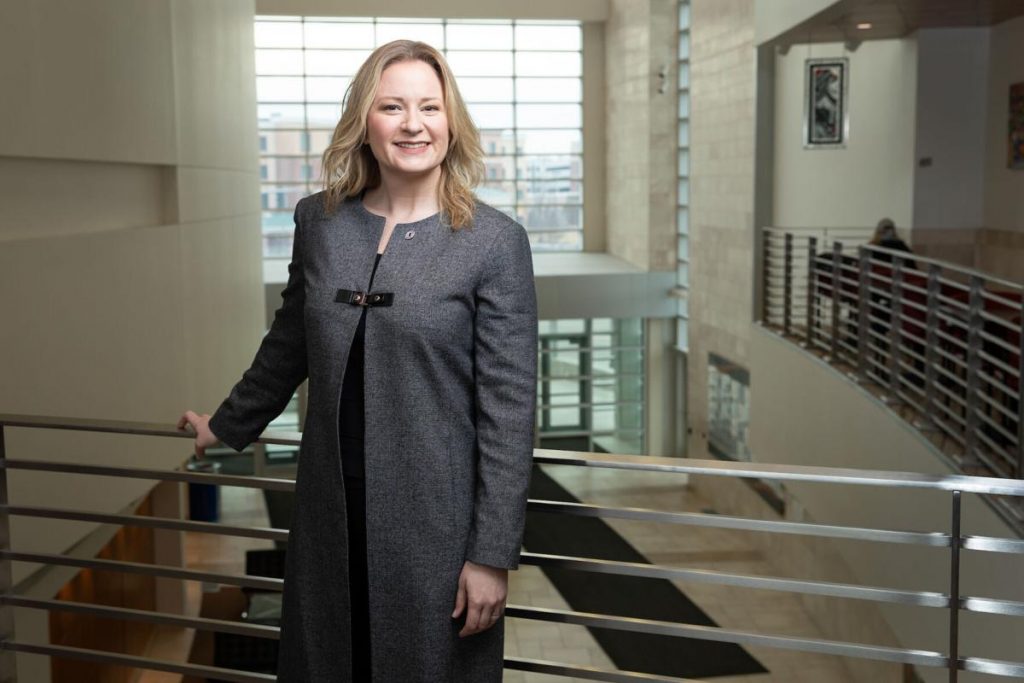(p. B5) In less than a decade, four tech giants— Microsoft, Google parent Alphabet, Meta (formerly Facebook ) and Amazon —have become by far the dominant users of undersea-cable capacity. Before 2012, the share of the world’s undersea fiber-optic capacity being used by those companies was less than 10%. Today, that figure is about 66%.
And these four are just getting started, say analysts, submarine cable engineers and the companies themselves. In the next three years, they are on track to become primary financiers and owners of the web of undersea internet cables connecting the richest and most bandwidth-hungry countries on the shores of both the Atlantic and the Pacific, according to subsea cable analysis firm TeleGeography.
By 2024, the four are projected to collectively have an ownership stake in more than 30 long-distance undersea cables, each up to thousands of miles long, connecting every continent on the globe save Antarctica.
. . .
Undersea cables can cost hundreds of millions of dollars each. Installing and maintaining them requires a small fleet of ships, from surveying vessels to specialized cable-laying ships that deploy all manner of rugged undersea technology to bury cables beneath the seabed. At times they must lay the relatively fragile cable—at some points as thin as a garden hose—at depths of up to 4 miles.
All of this must be done while maintaining the right amount of tension in the cables, and avoiding hazards as varied as undersea mountains, oil-and-gas pipelines, high-voltage transmission lines for offshore wind farms, and even shipwrecks and unexploded bombs, says Howard Kidorf, a managing partner at Pioneer Consulting, which helps companies engineer and build undersea fiber optic cable systems.
In the past, trans-oceanic cable-laying often required the resources of governments and their national telecom companies. That’s all but pocket change to today’s tech titans. Combined, Microsoft, Alphabet, Meta and Amazon poured more than $90 billion into capital expenditures in 2020 alone.
The four say they’re laying all this cable in order to increase bandwidth across the most developed parts of the world and to bring better connectivity to under-served regions like Africa and Southeast Asia.
For the full commentary, see:
(Note: ellipsis added.)
(Note: the online version of the commentary has the same date as the print version, and has the title “KEYWORDS: Google, Amazon, Meta and Microsoft Weave a Fiber-Optic Web of Power.”)


